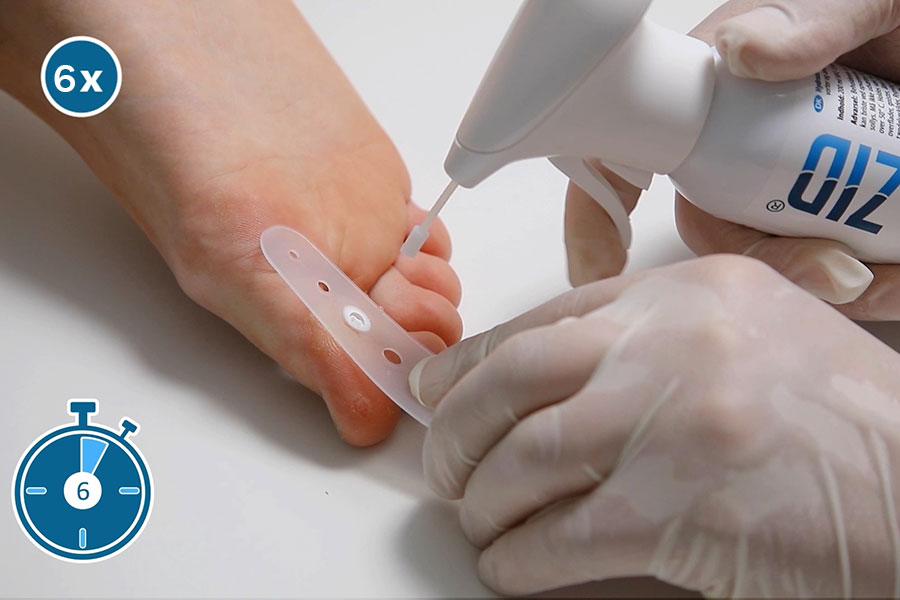Plantar warts, small growths that generally appear on the weight bearing areas of the foot, are very common. In fact, most people will have a plantar wart at some point in their lifetime. About 10% of teenagers have plantar warts, according to the American Orthopedic Foot and Ankle Society.(1)
The following are indications of a plantar wart:
- A small, fleshy, rough, grainy growth (lesion) on the bottom of your foot, usually the base of the toes and forefoot or the heel;
- Hard, thickened skin (callus) over a well-defined “spot” on the skin, where a wart has grown inward;
- Black pinpoints, which are commonly called wart seeds but are actually small, clotted blood vessels;
- A lesion that interrupts the normal lines and ridges in the skin of your foot;
- Pain or tenderness when walking or standing.(2)
While harmless, plantar warts can be painful. Standing on them makes them grow up into the skin, which may feel like a stone in one’s shoe. There are different modes of treatment, including salicylic acid delivered in a solution or on a patch, and cryosurgery.(1)
In cryosurgery, a cryogenic gas is applied to the skin which freezes the lesion. “Cutaneous cryosurgery has become a commonly performed outpatient procedure because of the combination of its safety, effectiveness, low cost, ease of use, lack of need for injectable anesthetic and good cosmetic results.”(3)
Hydrozid® is an FDA cleared portable cryosurgery device, designed for primary care physicians, pediatricians, dermatologists, and podiatrists, for the treatment of plantar warts, skin tags, age spots, and a number of additional benign and premalignant skin conditions. Qualified providers, visit to set up an account and order.
(1) American Orthopedic Foot and Ankle Society, https://www.footcaremd.org/conditions-treatments/toes/plantar-warts
(2) Mayo Clinic, Plantar Warts, https://www.mayoclinic.org/diseases-conditions/plantar-warts/
(3) Clebak, K. MD, Mendez-Miller, M. DO, Croad, J. DO, American Family Physician, Cutaneous Cryosurgery for Common Skin Conditions, https://www.aafp.org/


